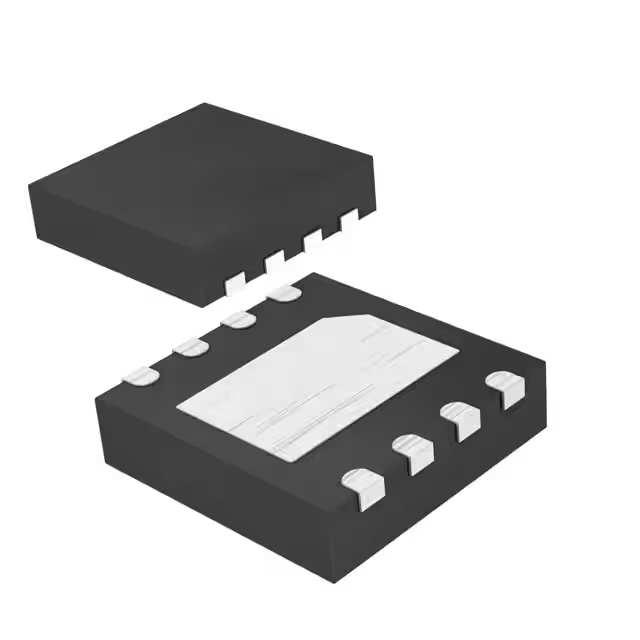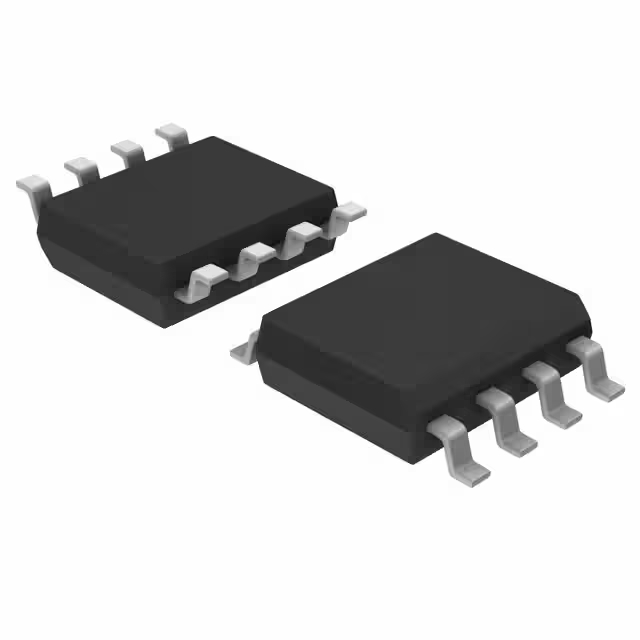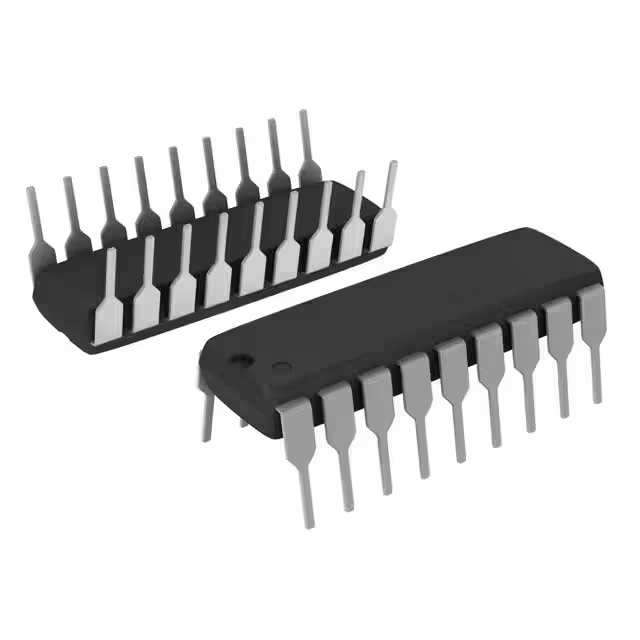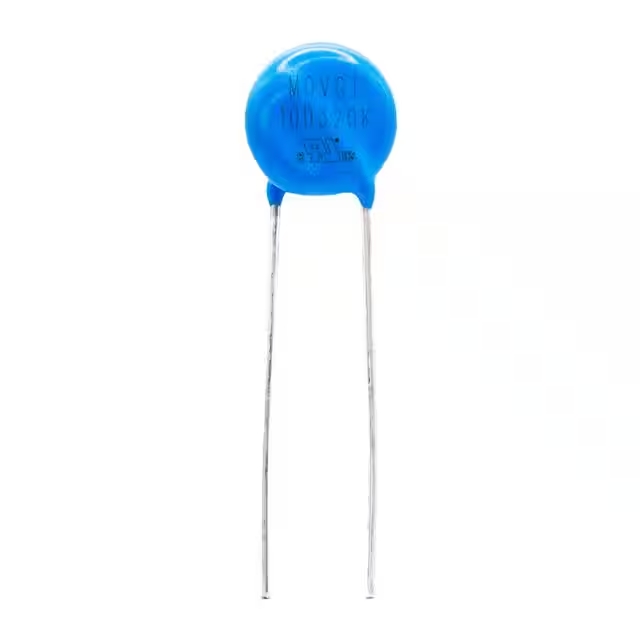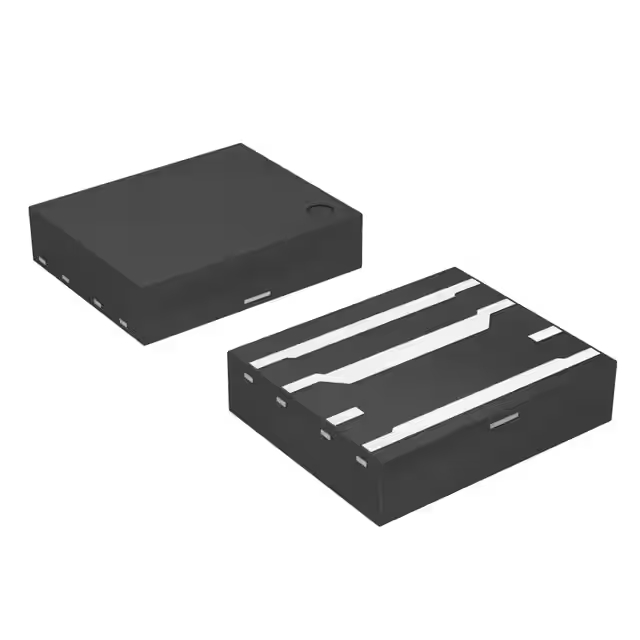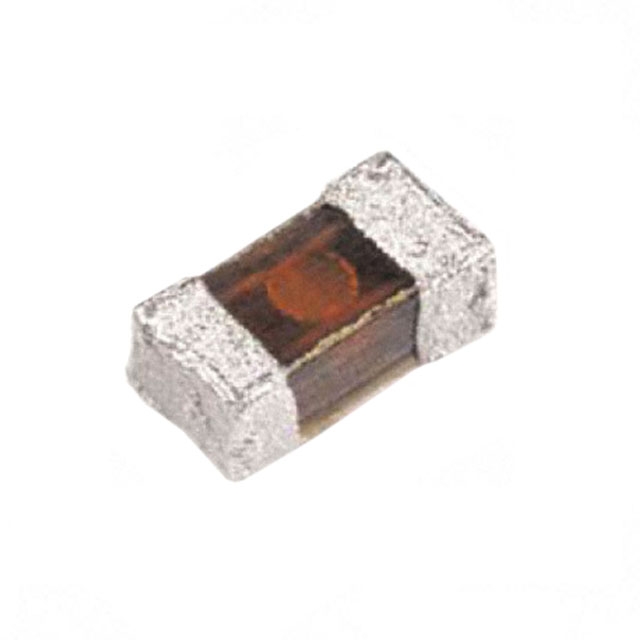Check out this EMI filter—it’s a pretty typical setup. You’ve got Y-capacitors (C1, C2, etc.) between lines and ground to cut down common-mode noise, and X-capacitors (C3, C4) across the L and N lines for differential-mode filtering. L1 is your common-mode choke, great for suppressing EMI. In practice, you can swap this out for something like an FB160 ferrite bead, especially in lower-power systems—it’ll perform similarly while saving space. The resistors in there help reduce ringing and safely discharge capacitors when power’s off. If your layout is tight, pairing FB160 beads with capacitors can make for a neat, compact EMI filter.、
FB160 Ficha técnica y precio | PDF
Descubra el FB160 con información completa de la hoja de datos, especificaciones en PDF y detalles de precios para evaluar su desempeño en aplicaciones de filtrado y supresión de interferencias electromagnéticas.
- Marcas: Littelfuse Inc.
- Descargar: -
- Precio: consulta
- En stock: 6,785
- Fijación de tensión: -
- Tecnología: Plegado hacia atrás
- Número de circuitos: 1
- Paquete: -

Envío GRATUITO para pedidos superiores a HK$250.00

Respuesta rápida, cotización rápida.

Envío rápido, sin preocupaciones posventa.

Canal original, garantía de los productos auténticos.
FB160
When you see “FB160,” it usually means a ferrite bead around 160Ω impedance. You’d typically use it to filter out high-frequency noise, especially near sensitive components like ADCs, RF modules, or op-amps. Place it close to your IC’s power pin, pair it with a few capacitors to form a pi-filter, and you’ll noticeably improve signal quality. But keep in mind, ferrite beads aren’t like standard inductors—they don’t store energy. If you push current beyond its limit, it’ll either burn out or stop working correctly. So, always keep it near the IC or noise source for the best filtering performance.
FB160 Pinout

| Número PIN | Nombre del pin | Descripción de la función |
|---|---|---|
| 1 | EN | Power or signal input pin |
| 2 | OUT | Power or signal output pin (filtered by ferrite bead) |
When you’re using an FB160 ferrite bead, don’t worry about polarity—it doesn’t have a direction, so you can connect either end freely. Usually, you’ll put it in series with your power line, like between your MCU’s VCC pin and the power source, to filter out high-frequency noise. Pair it with something like a 0.1μF capacitor to make a pi-filter, and you’ll boost the filtering effect even more. Just remember to keep an eye on its rated current, especially if your circuit draws higher current—too much current causes heat, potentially reducing its effectiveness or even damaging it.
FB160 Equivalent
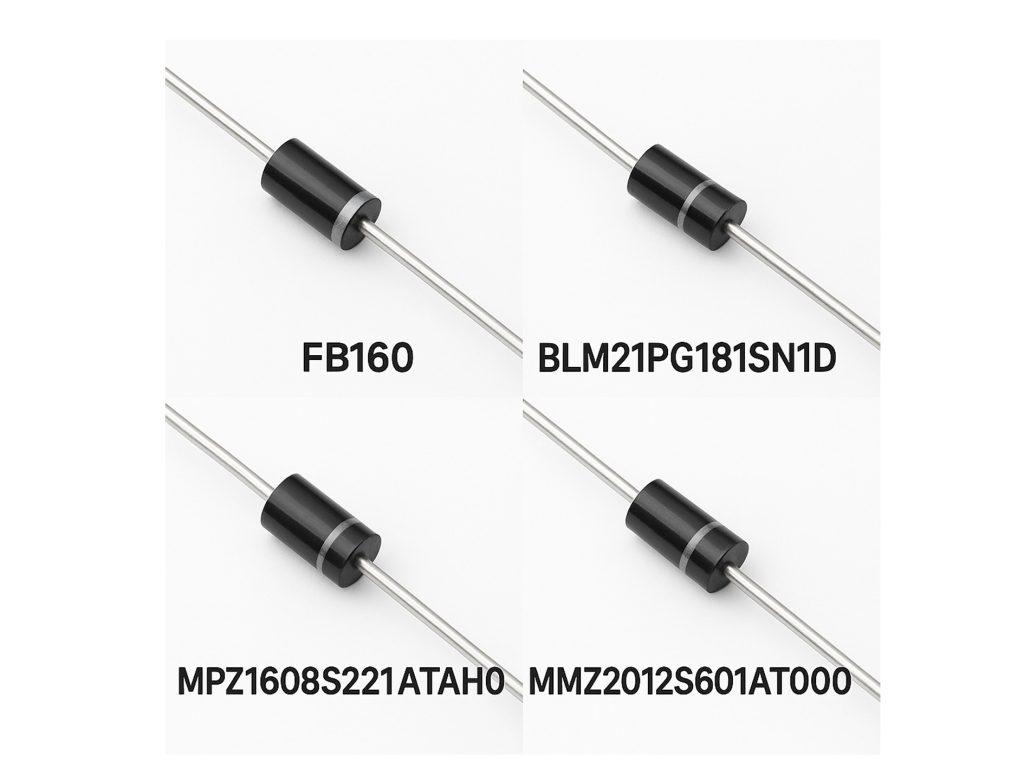
| Parámetro/Modelo | FB160 | BLM21PG181SN1D | MPZ1608S221ATAH0 | MMZ2012S601AT000 |
|---|---|---|---|---|
| Impedance (@100MHz) | 160Ω | 180Ω | 220Ω | 600Ω |
| Rated Current | 1A (estimated) | 2A | 1A | 500 mA |
| Resistencia de CC (DCR) | ~100mΩ (typ.) | 60mΩ | 100mΩ | 200mΩ |
| Paquete | 0805 / 1206 | 0805 | 0603 | 0805 |
| Frequency Characteristics | Mid-frequency EMI filtering | Mid-frequency EMI suppression | High-frequency EMI suppression | High-frequency EMI suppression |
| Feature Notes | General-purpose ferrite bead | Low resistance, high current | Compact size, precision use | High-frequency signal isolation/filtering |
| Direct Replacement | ✅ (Basic compatible) | ✅ | ⚠ (Smaller size, solder pad modification) | ⚠ (Different function, lower current) |
If you’re looking to replace your FB160 ferrite bead, I’d suggest the Murata BLM21PG181SN1D. It’s got 180Ω impedance and handles up to 2A current, plus it’s the same 0805 size, making it an easy, direct swap—especially great on power lines. Smaller beads like MPZ1608 (0603 size) mean redesigning your PCB pads, which could be a hassle. And something like MMZ2012, though higher impedance, only supports 500mA—so it might heat up or lose effectiveness at higher currents. For most common uses, just stick with Murata’s high-current bead; it’ll keep things simple and reliable.
FB160 EMI Filter Circuit Example

FB160 Noise Suppression Usage
FB160 SMD EMI Protection
The FB160 ferrite bead is your go-to for quick EMI protection. Usually, you’ll place it on your power or high-speed signal lines—it absorbs high-frequency noise effectively, shielding sensitive ICs like MCUs, ADCs, or FPGAs. Just pair it with a small capacitor (around 0.1μF to 1μF) to ground, creating a neat little pi-filter. It works particularly well for EMI around 100MHz. Just be sure to double-check its current rating; exceeding it can cause the bead to burn out. Overall, it’s a simple and effective trick you’ll often use in real-world designs to keep noise under control.
Más como esto
Añadir también al carrito
Productos relacionados
Envíe RFQ, le responderemos de inmediato.
Copyright © 2024 Todos los derechos reservados







